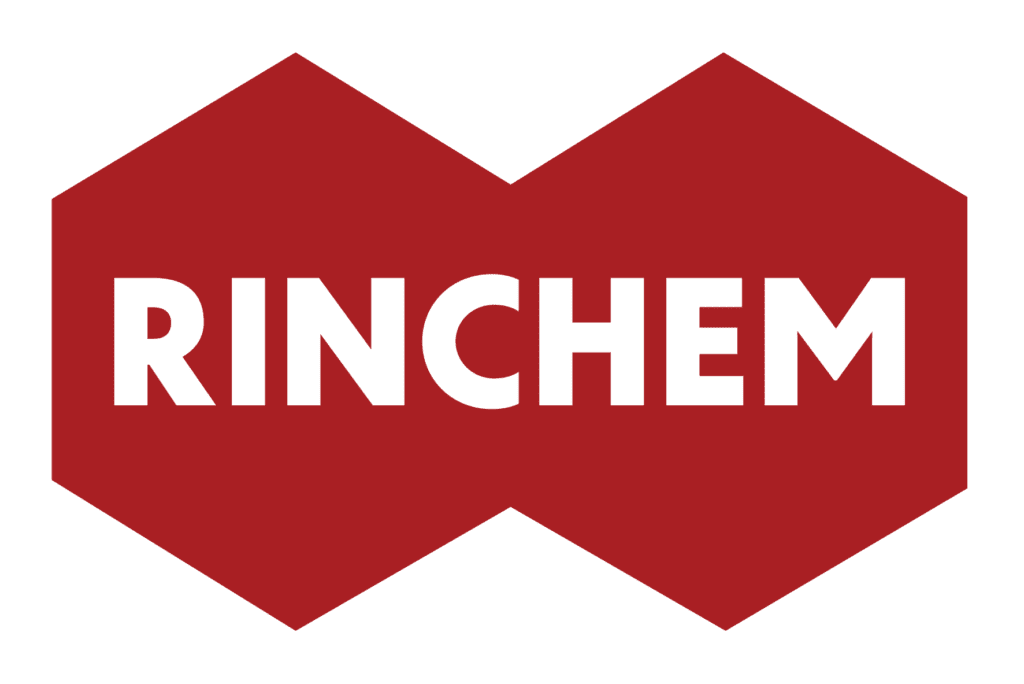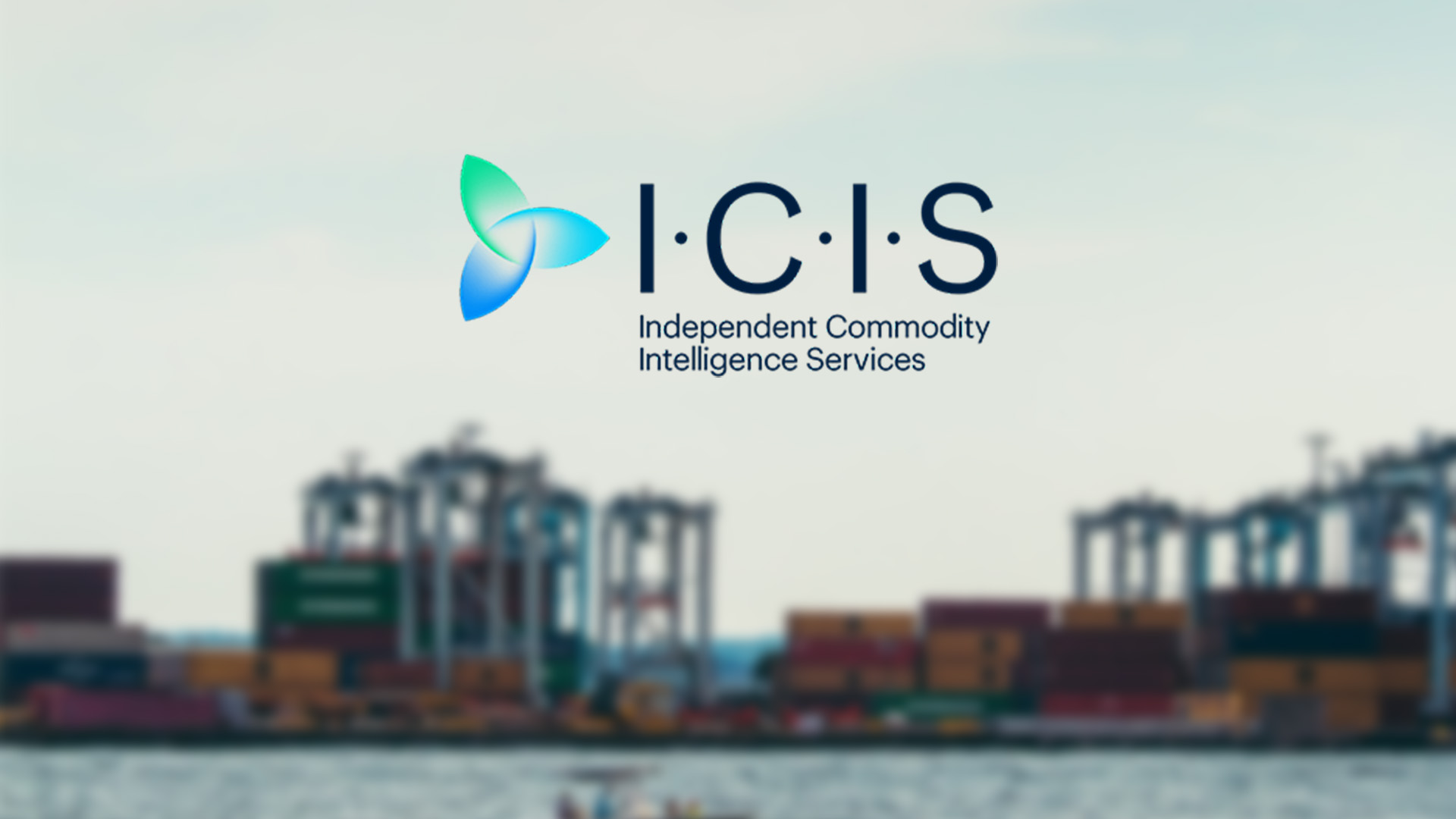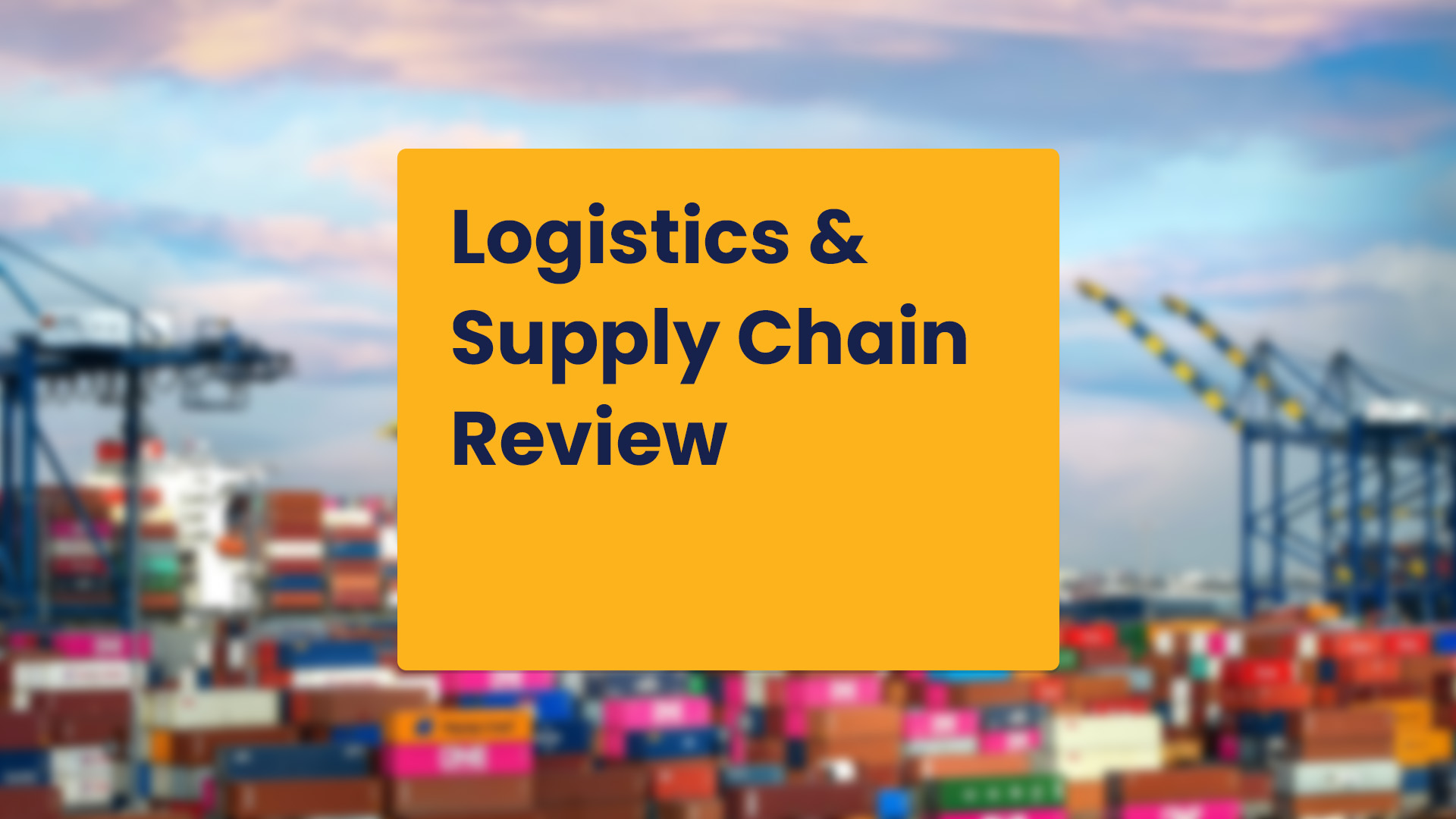Quick Definition
A 4PL oversees the entire supply chain, whereas a 3PL handles specific logistical tasks.
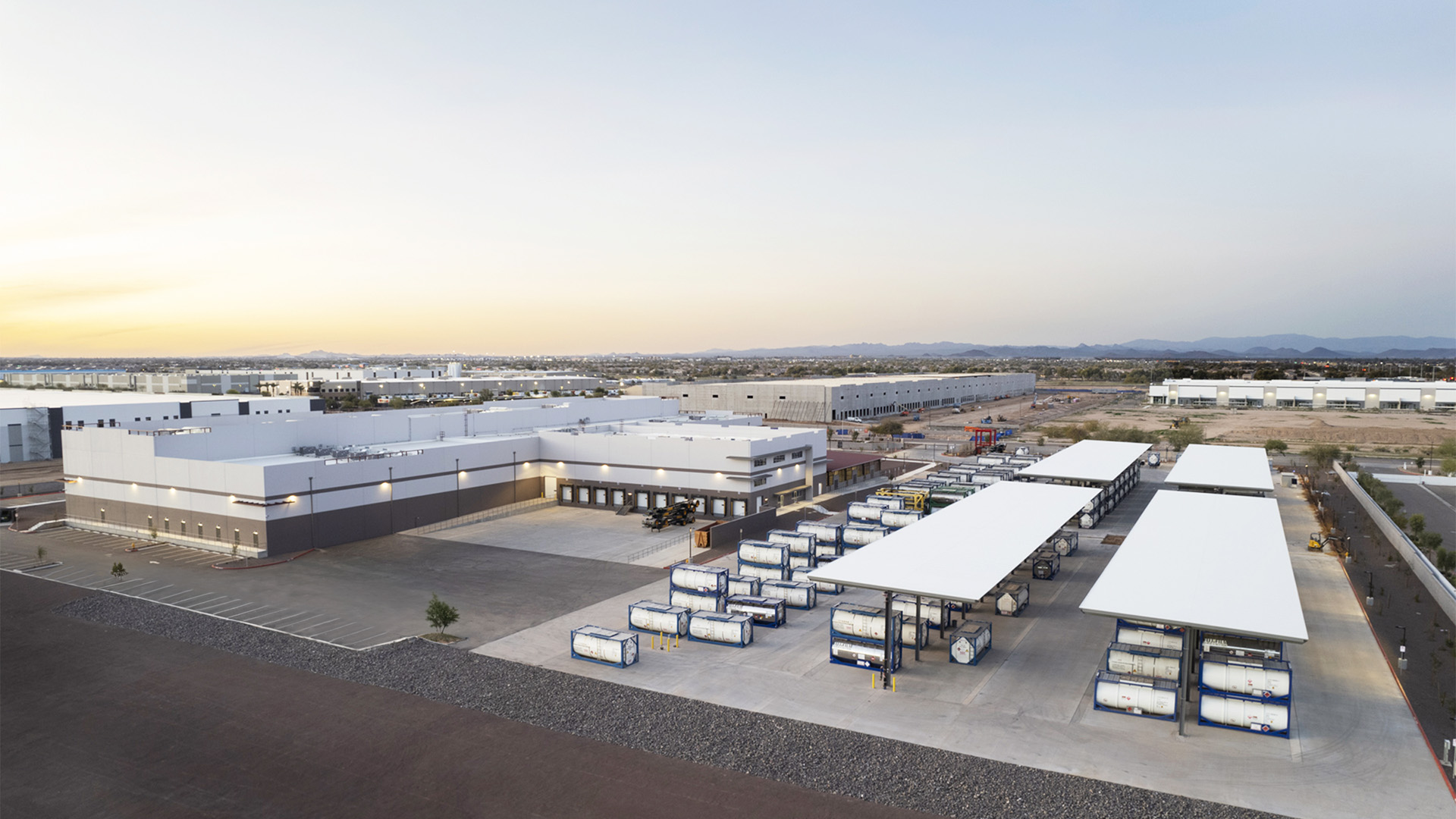
Understanding a 3PL vs. a 4PL
What is a Third-Party Logistics (3PL) Provider?
A 3PL provider serves as an outsourced logistics partner, offering specialized services to facilitate the movement and storage of goods. These services can include end-to-end logistical movements, such as, freight forwarding, warehousing and delivery services. However, most 3PL companies do not offer all of these services, but only a specific segment or two for the client to consider. These 3PL’s leverage their expertise, infrastructure, and network of carriers to ensure the safe and compliant transport and storage of hazardous chemicals while adhering to regulatory requirements and industry best practices.
Key functions of 3PLs in chemical logistics
- Warehousing and Storage: Providing secure storage facilities equipped with specialized infrastructure for handling hazardous materials. 3PLs implement stringent safety protocols, including proper labeling, segregation, and inventory management, to mitigate risks and ensure regulatory compliance.
- Regulatory Compliance: Navigating complex regulatory frameworks governing the transportation and handling of chemicals, including permits, licenses, and documentation requirements. 3PLs stay apprised of evolving regulations and industry standards to ensure adherence and minimize compliance-related risks.
- In-Land Transportation: Coordinating the movement of chemical shipments via various modes of transport, including road, rail, inland waterways, and air. 3PLs optimize routes, consolidate shipments, and ensure timely delivery.
- Freight Forwarding: 3PLs can arrange transportation for chemical shipments, including ocean freight, air freight, and inland transportation. They leverage their experience and industry contacts to negotiate competitive rates with carriers and ensure all regulations are followed for safe and compliant transportation of chemicals. This can be a complex task, especially for international shipments as there are many factors to consider, such as packaging, labeling, and safety data sheets. A 3PL can handle all the logistics, freeing you to focus on your core business.
- Customs Clearance: 3PLs can navigate the complex paperwork and regulations involved in importing and exporting chemicals. This ensures that shipments comply with international trade laws and arrive at their destination smoothly. Even a small mistake in the customs clearance process can lead to delays and extra costs, so having a 3PL with expertise in chemical logistics is an asset.
What is a Fourth-Party Logistics (4PL) Provider?
In contrast to 3PLs, 4PL providers operate at a higher level of supply chain integration and orchestration. A 4PL assumes responsibility for managing and optimizing the entire supply chain on behalf of the client, acting as a strategic partner and coordinator of multiple logistics service providers. In the context of chemical logistics, 4PLs offer a turnkey approach to global supply chain management by taking client expected demands and assuring that there is proper capacity for the freight forwarding, importation, warehousing, and inland transportation to meet the demand reliably and efficiently for those materials. By coordinating all elements of the supply chain and leveraging technology to provide clients integrated views of their raw materials and finished products within the supply chain, a 4PL enhances efficiency and minimizes disruptions. This affords businesses the ability to focus on their core competencies and achieve significant cost savings.
Rinchem provides services in the capacity of both a 3PL and 4PL for many of its clients. For those clients that leverage the 4PL capabilities, we act as a strategic partner to ensure that supply chain visibility is maintained while assuring the objectives of the client are met. With Rinchem providing that end-to-end service, it affords our clients the most resilient and efficient supply chain.
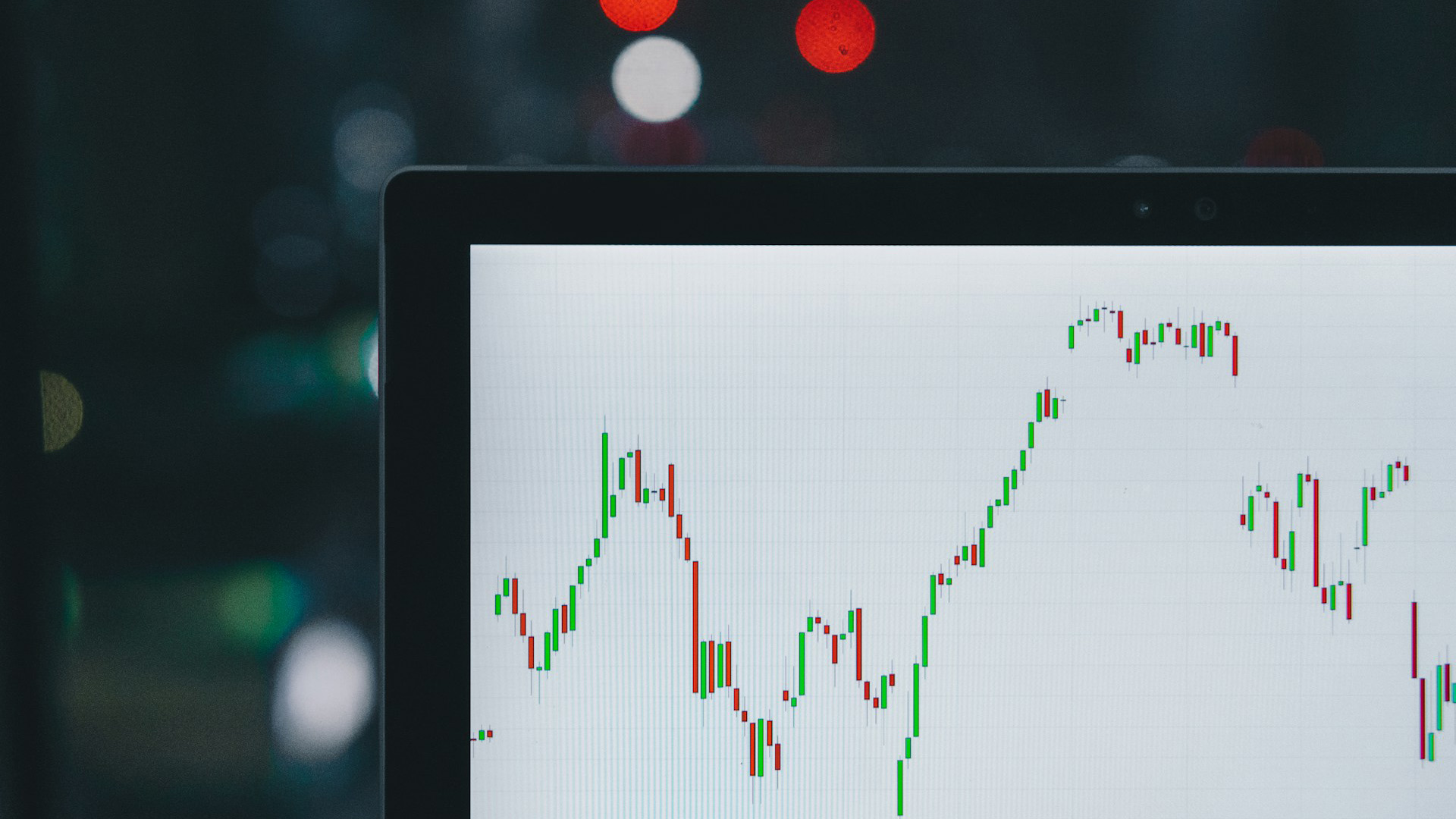
Key functions of 4PLs in chemical logistics
- Strategic Planning and Coordination: This requires collaborating with chemical manufacturers and suppliers to choreograph and execute supply chain strategies aligned with business objectives. 4PLs assess market dynamics, client requirements, and industry trends to optimize supply chain design, configuration, and execution.
- Supplier and Partner Management: Engaging and managing a network of logistics service providers, including 3PLs, carriers, freight forwarders, and warehousing providers. 4PLs oversee performance and ensure alignment with quality, safety, and compliance standards.
- Technology Integration and Innovation: Leveraging advanced technologies, and predictive analytics to enhance supply chain visibility, agility, and decision-making. 4PLs invest in digital platforms, data analytics tools, and supply chain optimization solutions to drive continuous improvement and innovation.
Distinguishing Factors
Several factors differentiate 3PLs from 4PLs in chemical logistics:
- Scope of Services: While 3PLs focus on executing specific logistics functions such as transportation and warehousing, 4PLs offer a broader range of services encompassing strategic planning, coordination, and optimization of the entire supply chain.
- Level of Integration: 4PLs operate at a higher level of supply chain integration, serving as a single point of contact and accountability for end-to-end logistics management. In contrast, 3PLs provide specialized services within a defined scope, often collaborating with other logistics partners.
- Strategic Partnership: 4PL relationships are characterized by strategic collaboration and long-term partnerships, with a focus on driving value creation, innovation, and competitive advantage. 3PL relationships are more transactional in nature, centered around specific service agreements and performance metrics.
- Technology and Innovation: 4PLs leverage advanced technologies and data analytics to optimize supply chain performance, enhance visibility, and enable predictive decision-making. While 3PLs also adopt technology solutions, their focus is primarily on executing operational tasks rather than driving strategic transformation.
Impact on Chemical Logistics
The choice between a 3PL and a 4PL can impact the efficiency, agility, and resilience of your chemical supply chain:
- Operational Efficiency: 3PLs excel in executing specific logistics functions with operational excellence, ensuring timely delivery, and compliance with regulatory requirements. 4PLs drive efficiency by optimizing end-to-end processes, leveraging technology, and orchestrating logistics partners for seamless coordination and execution.
- Risk Mitigation: 3PLs mitigate operational risks associated with transportation, warehousing, and inventory management, providing specialized expertise and compliance assurance. 4PLs offer a holistic approach to risk management, proactively identifying and mitigating risks across the entire supply chain through strategic planning, visibility, and contingency planning.
- Adaptability and Innovation: 4PLs are better positioned to drive innovation and adaptability in response to market dynamics, regulatory changes, and emerging trends. By leveraging advanced technologies and analytics, 4PLs enable continuous improvement, optimization, and value creation within chemical supply chains.
- Leveraging the Pull Model or Push Model for Inventory Management:
-
- Push Model: This traditional approach involves producing goods based on forecasted demand and pushing them through the supply chain to the end clients. 3PLs typically operate within this model, focusing on efficient execution of transportation, warehousing, and distribution tasks based on predetermined schedules and quantities.
-
- Pull Model: In contrast, the pull model is driven by actual client demand, with production and replenishment initiated only when orders are received. 4PLs leverage this model by using advanced analytics and technology to closely monitor consumption patterns and trigger orders accordingly. This reduces excess inventory, minimizes waste, and aligns production more closely with market needs.
Empowering Companies to Focus on their Core Competencies
The primary differences between 3PLs and 4PLs extend beyond operational functions to encompass strategic alignment, integration, and innovation. While 3PLs offer specialized services for managing specific logistics functions, 4PLs provide end-to-end visibility, control, and optimization of the entire supply chain. The choice between a 3PL and a 4PL depends on the strategic objectives, complexity, and scalability of chemical logistics operations, with each offering unique advantages in terms of efficiency, resilience, and innovation. By understanding the differences between these two types of logistics providers, chemical companies can make informed decisions to optimize their supply chain strategies and drive competitive advantage in a dynamic and evolving industry landscape.
More from Rinchem
Get more articles like this in your inbox
Sign up for our monthly newsletter
Find more articles
